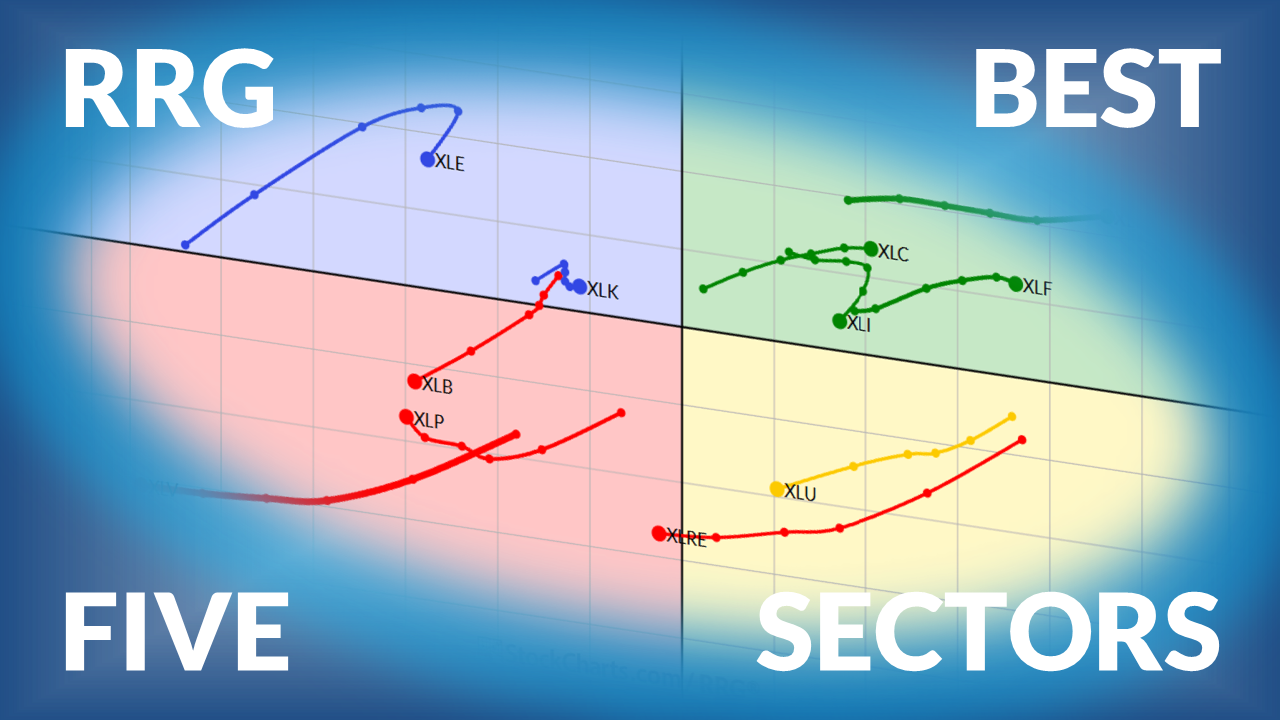LONG-TERM CHARTS PAINT A MORE CAUTIOUS PICTURE OF THE S&P 500
WEEKLY INDICATORS ARE NEGATIVE... The S&P 500 and the other major stock averages have enjoyed an oversold bounce this week. What's turning me more cautious on the market, however, is what's happening on the longer-term weekly and monthly charts. Chart 1 is a weekly chart of the S&P 500. The stochastics line along the top appear to be turning down from overbought territory over 80. The weekly MACD lines along the bottom are also turning negative for the first time in a year. I've recently suggested that longer-term readings usually override shorter-term ones. A bad weekly signal trumps a good short-term reading. Chart 1 plots Bollinger Bands around the dashed 20-week moving average. Notice that the 20-week average has acted as support throughout the last year's uptrend. That's an important support line. So far, the S&P 500 is finding support there. Let's hope it holds. Because if it doesn't, a further drop toward the lower Bollinger Band would be a likely downside target. Coincidentally, the lower Bollinger Band would represent about a third retracement of the recent bull market which is pretty typical of intermediate corrections.

Chart 1
MONTHLY STOCHASTIC LINES TURN NEGATIVE... The monthly S&P 500 chart also carries some negative warnings. First of all, the monthly stochastic lines have turned down from overbought territory over 80 for the first time since last spring when they turned up from the 20 level. That means that the long-term trend is weakening. The horizonatal lines on the chart show Fibonacci retracements of the previous bear market. The middle line represents a 50% correction of the 2000-2002 price decline, and coincides closely with the price peak formed in early 2002 near 1177. Those lines suggest that last year's bull market has achieved important upside objectives and is now due for a period of consolidation or correction. The deterioration in the longer-term charts also suggest that it may be unrealistic to expect the market to resume its uptrend anytime soon. I suspect that's why money has been rotating to defensive market issues like consumer staples, utilities, and REITS. An intermarket principle I follow is that energy sector leadership isn't good for the stock market. I suspect that rising energy prices are just being recognized as being a negative influence on the rest of the market.

Chart 2












